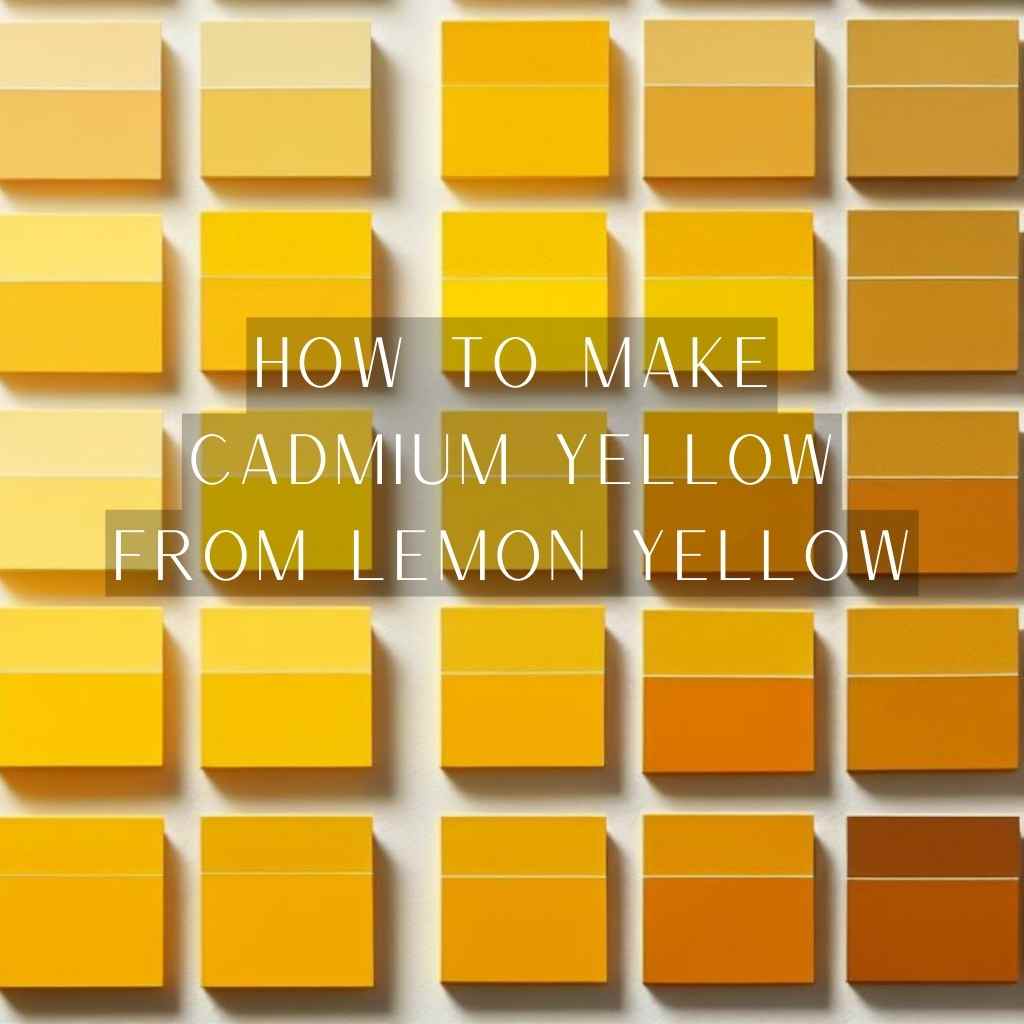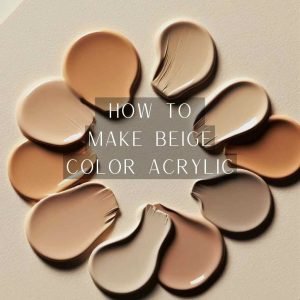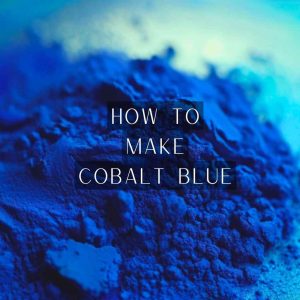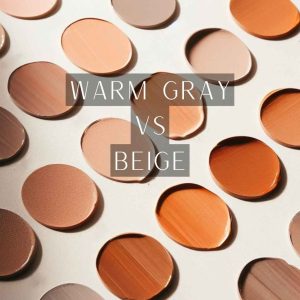Are you an artist seeking to unlock the secrets of pigment transformation? Have you ever wondered how to make Cadmium Yellow from Lemon Yellow? The quest for vibrant, luminous hues begins with a journey into the intricate world of color alchemy.
In this blog, we delve deep into the artistry and science behind pigment manipulation, exploring the nuances of hue, saturation, and brilliance.
From humble beginnings to dazzling transformations, we’ll navigate the terrain of Lemon Yellow and Cadmium Yellow, uncovering the mysteries that lie within each pigment particle.
What is Cadmium Yellow?
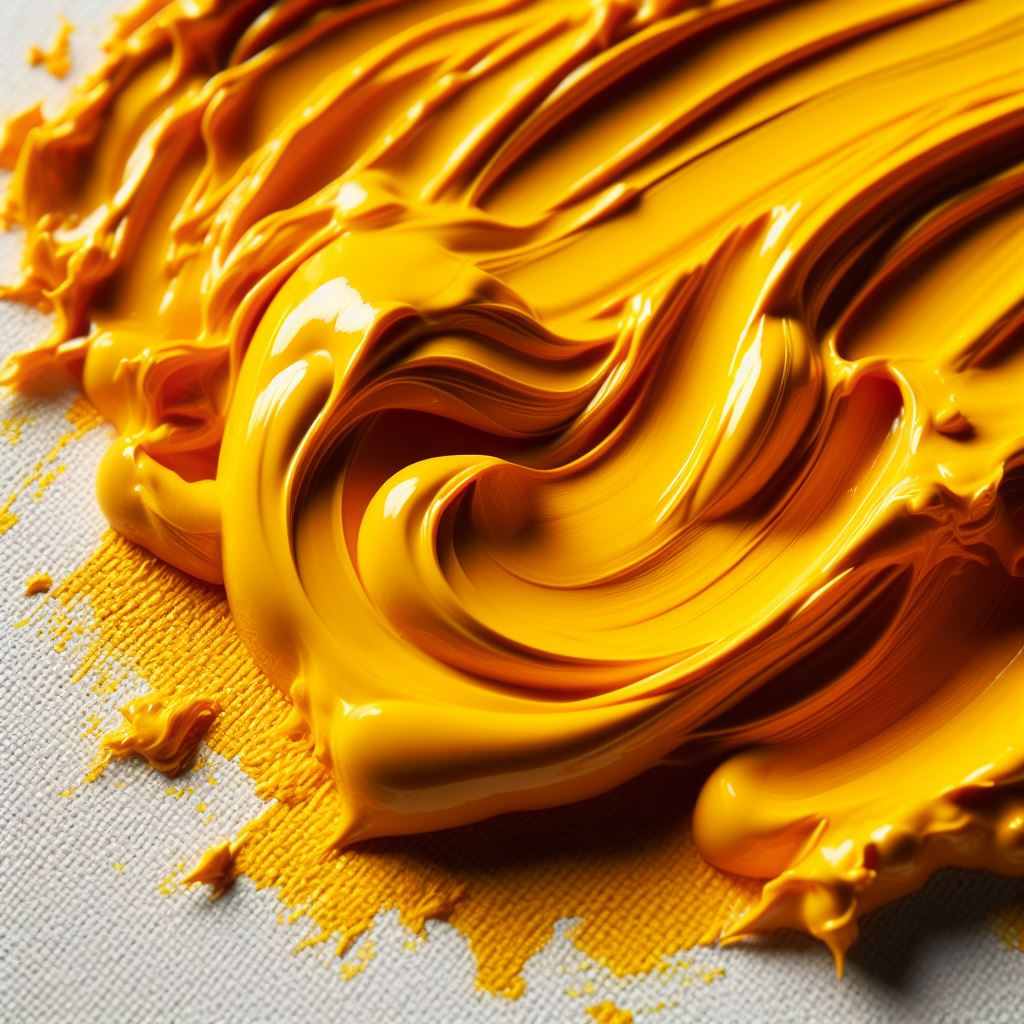
Cadmium Yellow, the golden child of the pigment world, captivates artists with its radiant glow and enduring stability. Derived from cadmium sulfide compounds, this vibrant pigment boasts exceptional opacity, color purity, and lightfastness, making it a preferred choice for artists seeking longevity and brilliance in their works.
Whether used in oil, acrylic, or watercolor mediums, Cadmium Yellow commands attention with its intense hue, adding depth and vitality to landscapes, still lifes, and portraits alike.
From Vincent van Gogh’s sun-drenched landscapes to Henri Matisse’s vibrant compositions, Cadmium Yellow has left an indelible imprint on the annals of art history, inspiring generations of creators to harness its brilliance in their own artistic endeavors.
How to Make Cadmium Yellow from Lemon Yellow?
Creating Cadmium Yellow from Lemon Yellow is a fascinating artistic endeavor that allows you to achieve this iconic hue using a combination of other pigments. It’s about understanding the color theory behind hues that have mesmerized artists for centuries.
Materials Needed
- Lemon Yellow
- Cadmium Red
- Palette Knife and Mixing Surface
- Brushes and Canvas
How to Make Cadmium Yellow from Lemon Yellow: Step-by-Step Guide
Transforming Lemon Yellow into Cadmium Yellow requires meticulous attention to each step of the process.-
Step 1: Mixing Lemon Yellow Base
Begin by laying the foundation for your Cadmium Yellow by creating a Lemon Yellow base on your palette. Using a palette knife, scoop out a small amount of Lemon Yellow pigment and spread it evenly on your mixing surface.
Ensure the consistency of the pigment is smooth and free from clumps, as this will facilitate thorough blending in the subsequent steps.
Step 2: Adding Cadmium Red
With your Lemon Yellow base prepared, it’s time to introduce the key ingredient for the transformation: Cadmium Red pigment. Start by adding small increments of Cadmium Red to your Lemon Yellow base, carefully observing the gradual shift in hue.
Blend the pigments together using your palette knife, ensuring thorough incorporation to achieve a homogeneous mixture. Exercise caution to avoid adding too much Cadmium Red too quickly, as this can overwhelm the delicate balance of colors.
Step 3: Adjusting Hue and Intensity
As you blend Lemon Yellow with Cadmium Red, pay close attention to the evolving hue and intensity of your mixture. Depending on your desired shade of Cadmium Yellow, you may need to adjust the ratio of pigments accordingly.
Fine-tune the color by adding additional Lemon Yellow or Cadmium Red as needed, striking a balance between warmth and vibrancy. Take your time with this step, as small adjustments can significantly impact the final result.
Step 4: Testing and Refining
Apply a small amount of the mixture to a separate surface, such as a scrap piece of paper or canvas, and observe the color in different lighting conditions. Take note of any subtle variations or inconsistencies and make any necessary refinements to perfect the hue.
This iterative process of testing and refining ensures that your Cadmium Yellow is ready to elevate your artwork to new heights.
Common Mistakes and How to Avoid Them
Here are a few common mistakes to avoid while making cadmium yellow from lemon yellow-
- Undesired Color Hue: If your resulting Cadmium Yellow appears too green or orange instead of the desired warm yellow tone, adjust the ratio of Lemon Yellow and Cadmium Red.
Gradually add more Lemon Yellow to neutralize any green undertones or increase the amount of Cadmium Red to deepen the orange hue.
- Lack of Vibrancy: If your Cadmium Yellow appears dull or lacks vibrancy, consider the quality of your pigments. Low-quality or expired pigments may contribute to muted colors. Try using fresher pigments or investing in higher-quality brands known for their vibrant hues.
- Difficulty Achieving Consistency: If you’re struggling to achieve a consistent color mixture, ensure thorough blending between each step. Use a palette knife to mix the pigments evenly, avoiding streaks or patches of unmixed color.
Additionally, maintain consistent pressure and technique throughout the mixing process to achieve uniform results.
- Overwhelming Intensity: If your Cadmium Yellow appears too intense or overpowering, dilute the mixture with additional Lemon Yellow or extend the blending process.
Gradually introduce small amounts of Lemon Yellow to soften the intensity while maintaining the desired hue. Take care not to dilute the color too much, as this can result in a loss of vibrancy.
Wrapping Up
As our journey through the realm of pigment manipulation draws to a close, we stand at the threshold of endless creative possibilities. From the humble origins of Lemon Yellow to the radiant brilliance of Cadmium Yellow, we’ve traversed a landscape of color alchemy and artistic exploration.
Now, armed with newfound knowledge and inspiration, it’s time to unleash your creativity and transform your artistic vision into reality. So, dare to dream boldly, experiment fearlessly, and embrace the vibrant palette of possibilities that awaits.
Seize the brush, mix the pigments, and paint your masterpiece with confidence and conviction. The canvas of creativity awaits, ready to receive the strokes of your imagination.

